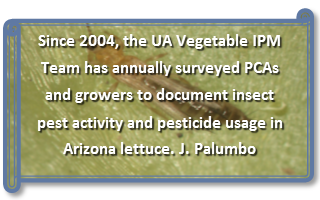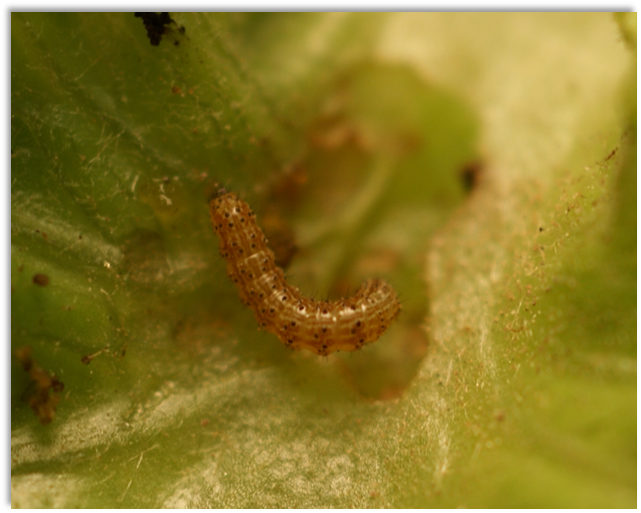Nov 16, 2022
Area wide Insect Trapping Network (November 30, 2022)
Results of pheromone and sticky trap catches can be viewed here.
Corn earworm:
CEW moth counts are down areawide consistent with this time of year.
Beet armyworm:
Trap counts increased in most locations, and are about average compared to previous years.
Cabbage looper:
Cabbage looper counts declined all traps, well below average for this time of season.
Diamondback moth:
DBM moths counts have declined and well below average for this time of the year.
Whitefly:
Adult movement decreased in the past 2 weeks, and remains below average for this time of year.
Thrips:
Thrips adults decreased in most locations with the exception of Tacna. Currently, below average for Novenber.
Aphids:
Aphid movement loght, but most active in in North Yuma Valley and Gila Valley. Below average for November.
Leafminers:
Adult activity up in a few locations, but well below average.
To contact John Palumbo go to:
jpalumbo@ag.arizona.edu

 To contact John Palumbo go to: jpalumbo@ag.Arizona.edu
To contact John Palumbo go to: jpalumbo@ag.Arizona.edu






